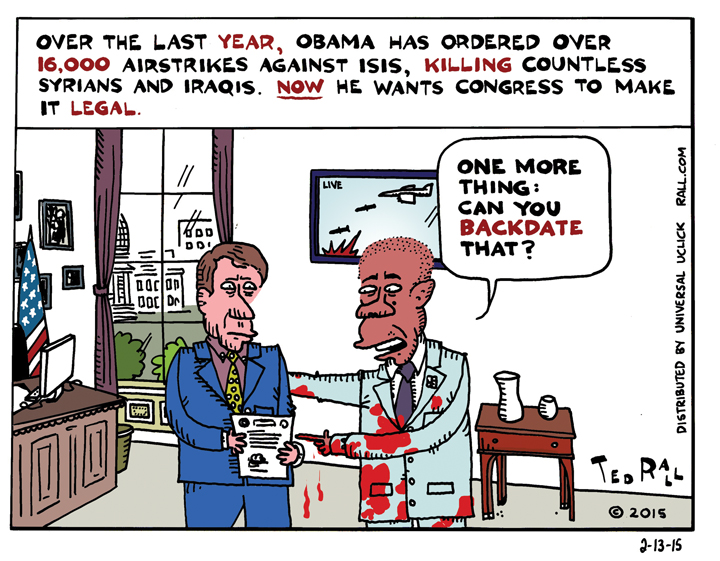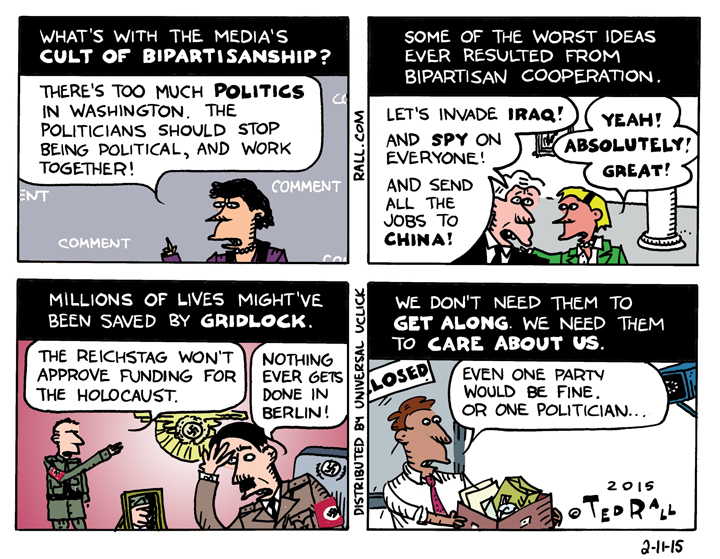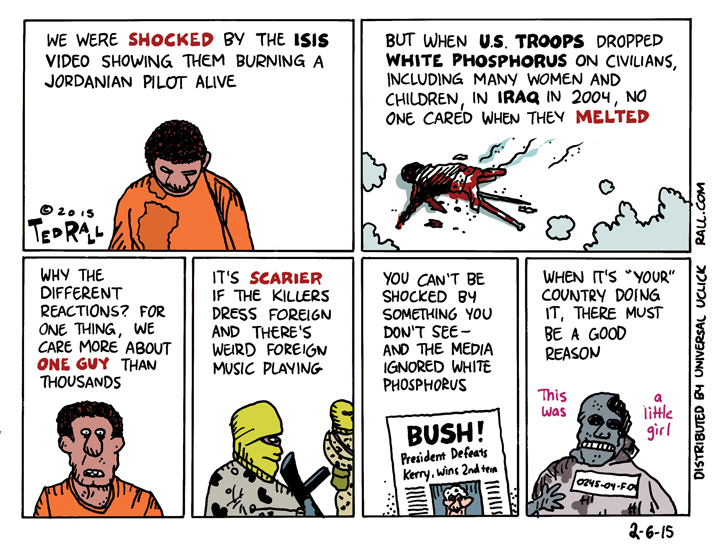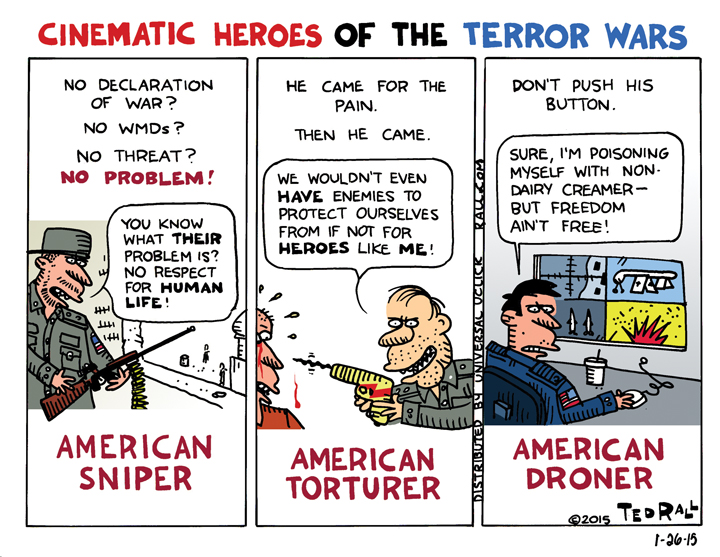NBC News anchorman Brian Williams got in trouble for fibbing about a supposed close call while embedded with US soldiers occupying Iraq in 2003. Why didn’t he get in trouble for being embedded in the first place? Or for the bigger lies inherent in the way he and other news networks package US government and military propaganda?
Originally published at ANewDomain.net:
What is ISIS thinking? Last week’s release of a video depicting the Islamic State of Iraq and Syria’s (ISIS) execution by the burning alive of a captured Jordanian pilot has many in the West wondering if the self-proclaimed restoration of the Islamic caliphate has lost its collective mind.
Certainly there is something novel about this cruelly medieval killing being presented using the latest modern technology, filled with high-resolution cameras and disseminated via social media outlets backed by billion-dollar corporations.
Furthermore, the political implications have been explosive. In just one week of executions ISIS’ leadership has managed to rile up the populations of two countries: Jordan, whose “Arab Street” had previously been less than wildly enthusiastic about the Hashemite kingdom’s role in the US-led anti-ISIS air campaign and is now screaming for revenge; and Japan, whose citizens were so shocked and angered by the beheading of two journalists that popular opinion is calling for re-militarization for the first time since the Second World War.
But it’s safe to say that ISIS’ leadership, though more than willing to embrace small-scale murder as well as ethnic cleansing, has made a calculated decision in which Jordan, Japan and indeed the Western world are relatively minor considerations compared to their main objective: defining themselves as the world’s leading, and strongest, opposing force to the United States and its allies in what since 9/11 has been dubbed the Global War on Terror.
Western media outlets have limited their coverage of the execution of Lt. Muath al-Kaseasbeh to the way he was killed: placed inside what looks like a bear cage, soaked in kerosene, a line of kerosene leading out to a spot where, like a villain in an old movie, a masked executioner lights it with a torch.
The camera follows the flame to the doomed pilot, who screams and flails before succumbing to his horrific death.
What these reports leave out is the way that the video frames this dénouement: as righteous, just retribution against a man they describe as a traitor against Islam, a volunteer lackey of the United States and the West, who had rained death and destruction upon innocent men, women and children via bombs dropped from his fighter jet safely soaring thousands of feet overhead.
The video is not a depiction of wanton violence meant simply to terrorize, but rather an indictment, an attempt to lay out the case to justify the execution.
“The fiery death of pilot Muadh al-Kasasbeh is the relatively brief climax in a 22-minute film narrative that imitates the production values of documentaries aired on outlets like the History Channel,” Loren Thompson writes in Forbes. “It is crafted as a morality play featuring an extended monologue by the captured pilot in which he details how the coalition of Western countries and local Arab states wages its air war against ISIS. After describing the military systems being used and the bases from which they originate, the video shows searing images of civilians who allegedly have been killed or injured by coalition bombs — many of them children.”
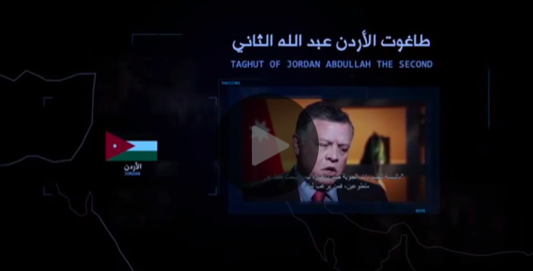
The 22 1/2 minute video opens with the King of Jordan, Abdullah II, being interviewed by Charlie Rose about the anti-ISIS air campaign. (He is described as a “taghut,” an Arabic word that roughly translates to “apostate.”)
“We said to all the pilots, for the airstrikes against ISIS, we are only looking for volunteers,” Abdullah says. “So anybody who wants to volunteer, please step forward. Every single pilot raised his hand and stepped forward.”
The implication is obvious: the lieutenant we are about to watch being immolated wasn’t drafted. He wasn’t just following orders. He voluntarily agreed to be part of an air campaign that, to date, has included at least 16,000 airstrikes against ISIS in Iraq and Syria, which have killed and wounded an unknown number of fighters as well as civilians. He is thus responsible for his actions.
This is justice, they imply.
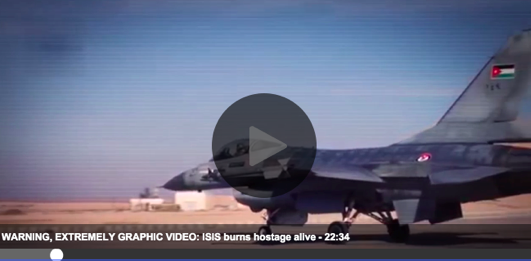
Next we see a series of quick cuts of war, some apparently from Hollywood film productions. Then we move to an image of King Abdullah next to President Barack Obama.
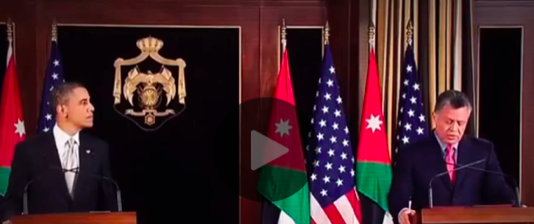
This is part two of ISIS’ indictment: against Jordan as a nation, for aligning itself with not a non-Muslim country, but one that has invaded Afghanistan, Iraq, Libya, and waged bombing campaigns against Pakistan, Yemen, Somalia and Syria, not to mention kidnapping and torturing Muslims at Abu Ghraib, Guantánamo, and elsewhere. This reminder, it is safe to assume, plays well among many Muslims.
We see images of Jordanian generals and other members of the armed forces palling around with their American counterparts, firing missiles and dropping bombs and shooting at Muslim civilians in Afghanistan and Iraq.


As a narrator continues to read calmly, the pilot makes his first appearance in a series of newscasts pulled from throughout the region, subtly noting the panic in those descriptions of his crashed plane, lost in ISIS-controlled territory.

As usual, the ISIS captive is forced to wear an orange jumpsuit reminiscent of those that became famous because detainees captured by the Bush administration were forced to wear them at Guantánamo Bay and other extrajudicial detention facilities. Make no mistake: this is a direct attempt at equivalence. More to the point, for the Muslims they are hoping to recruit using these videos, they are extolling the virtues of revenge: After 14 years of repeated humiliations by the US against Muslims, they are finally striking back, an eye for an eye, a jumpsuit for a jumpsuit.
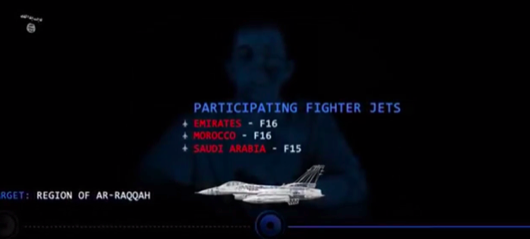
At length and in great detail, Lt. al-Kaseasbeh describes his target, the mission, the specific laser guided bombs he was charged with dropping, and the other countries – the United Arab Emirates, Morocco, and Saudi Arabia – that participated in that sortie.
His “testimony” accounts for almost half of the video. What follows is a series of images interspersed images: videotapes of bombs being dropped as seen from in-flight computers, a severely wounded Arab child, more bombings as seen from above, another wounded child, over and over again. The message is clear: this Jordanian pilot is guilty of wounding and killing innocent children.
Finally, seven minutes before the end of the video, we see the lieutenant walking by himself past a line of masked ISIS fighters. Lest you miss the point, this last walk is interspersed with images of bombs falling on civilian targets, pilots climbing into their jets, rubble, civilians being pulled out from shattered buildings. The impression is of the condemned man experiencing his sins through flashback as he prepares to meet judgment.
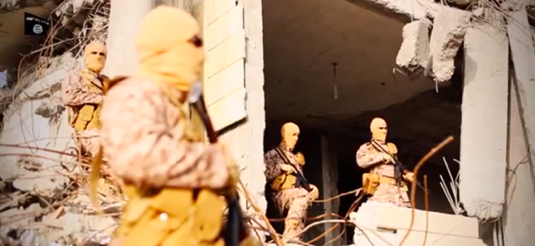
Things get quiet. Aside from random background noise, wind, there’s no talking. Cinematically, the video’s producers slowly bring up the sound of a beating heart, faster and faster. He’s already covered with kerosene. The executioner lights his torch.
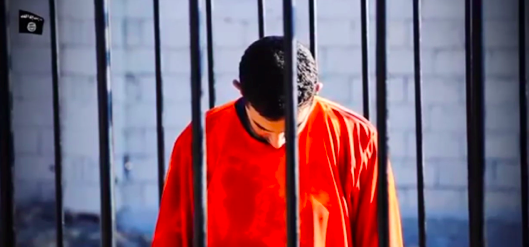
The death is, as reported elsewhere previously, gruesome and horrible.

Afterwards, an earthmover dumps soil and debris on top of the cage and the charred corpse, and pushes them into the ground and covers them up. The video’s producers are crystal clear in their message: Just as the anti-ISIS bombing campaign is reducing buildings in their territory to rubble, and killing people, they’re doing the same thing to the pilot that they captured.
Finally, the narrator notes that ISIS has the names and photographs of pilots and declares them wanted men, going so far as to offer an award of “100 gold dinars to whoever kills a Crusader pilot.”
Abu Ibrahim al-Raqqawi, a member of an anti-Assad militant group inside Syria told the International Business Times: “Today when I saw the video I was really, really shocked. I didn’t imagine ISIS would do that. There is nothing like this in Islam and the ISIS say they are just living under the rule of Islam. But they judge you like this: ‘If someone bombs your families and women and children and burns them with these bombs, you must burn him.’”
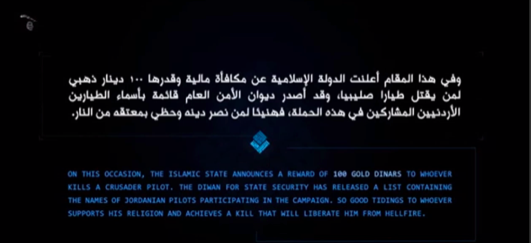
No matter where they stand on this issue, Americans should understand that ISIS sees itself not as aggressors but as victims. In the territory that it controls, yes, they have carried out numerous atrocities. But they have never attacked the West. There has never been an ISIS-backed terrorist act anywhere in the world.
As they see it, the West is attacking them for challenging corrupt secular regimes in Syria and Iraq, and for trying to restore a fundamentalist caliphate that returns Islam to its pure original form.
While it is easy to dismiss ISIS as wild-eyed extremists for whom violence is its own reward, as many Western commentators do, that’s neither the way that they see themselves or – more importantly – the way that they seek to be portrayed to their target audience, Muslims are angry at the West but have not yet undertaken the path of radical jihad against it. This execution video is merely the latest entry in a propaganda war that, like it or not, ISIS appears to be winning.

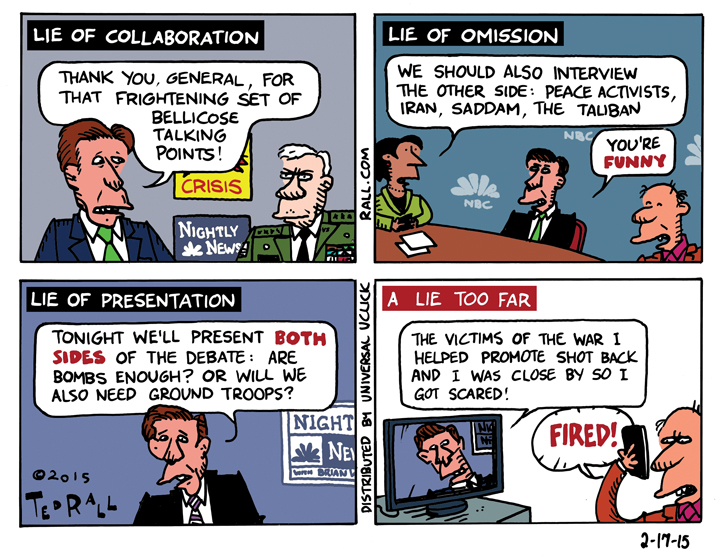
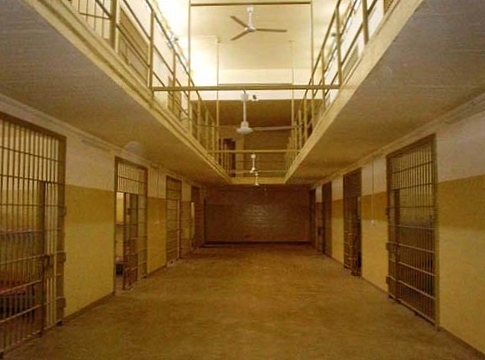 The usual standard in such matters is public interest: is the material in question newsworthy? Clearly, in this case the answer is yes. National security is another consideration, but because
The usual standard in such matters is public interest: is the material in question newsworthy? Clearly, in this case the answer is yes. National security is another consideration, but because 